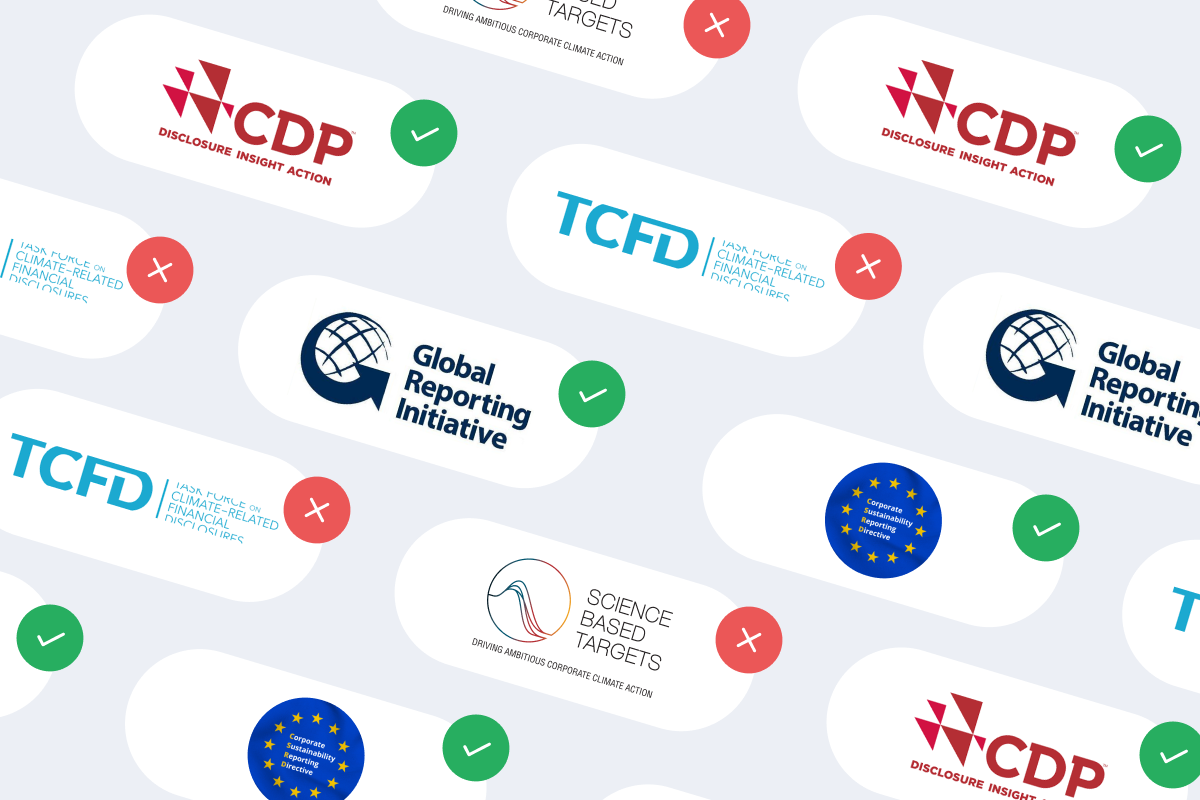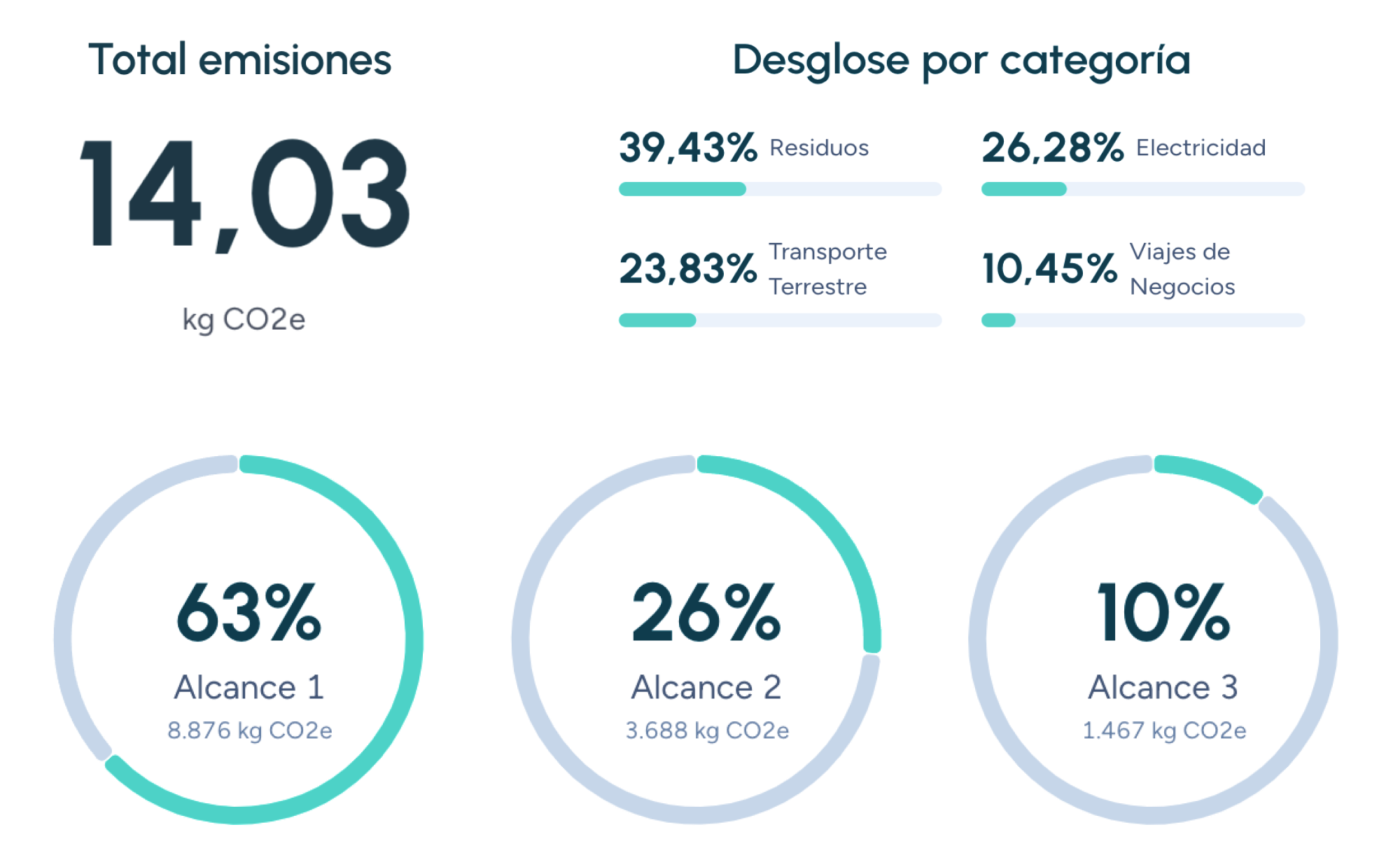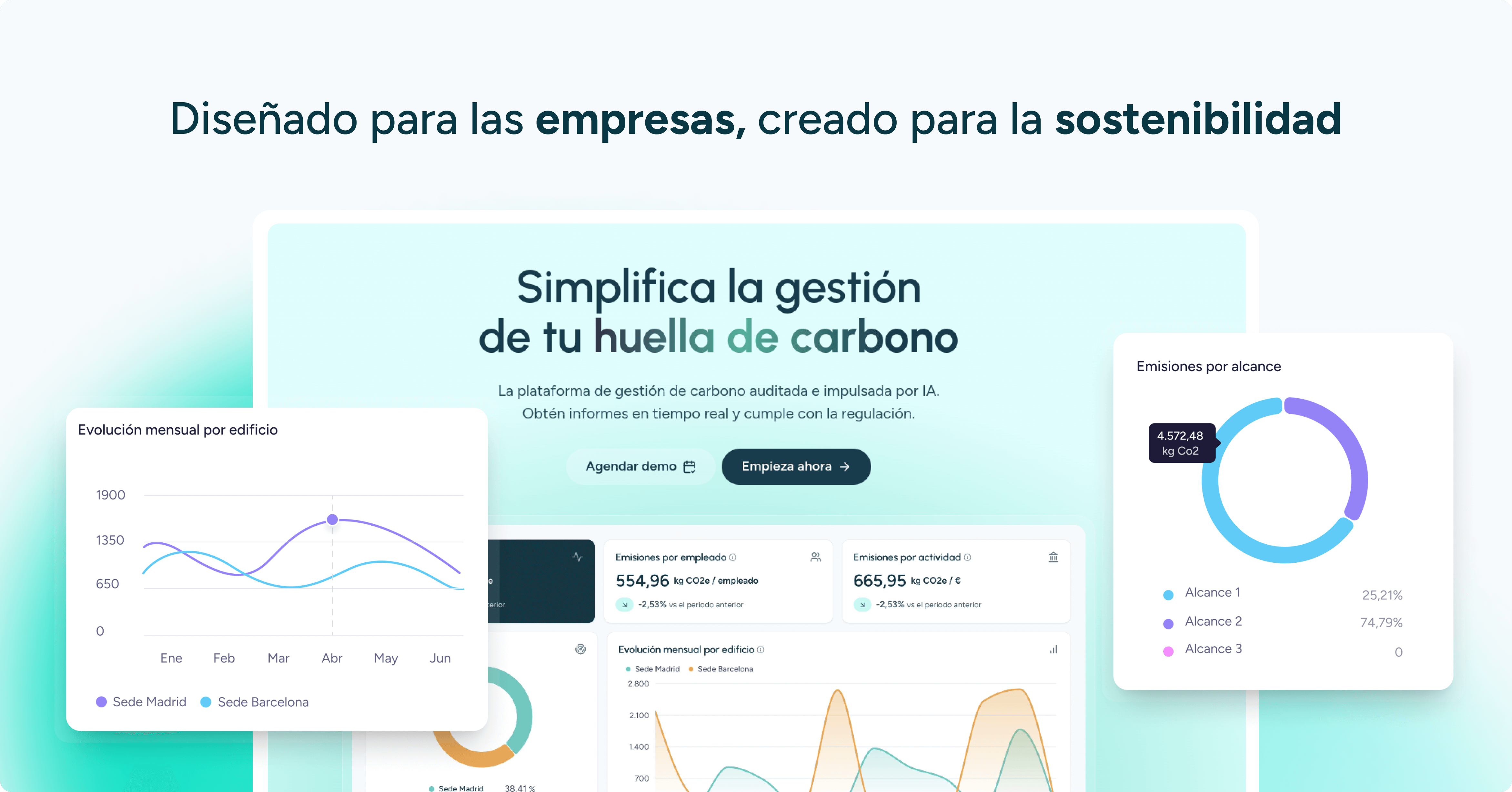Carbon footprint monitoring
In the current climate emergency, businesses play a crucial role in reducing their environmental impact. Measuring and managing the carbon footprint has become an imperative for organizations committed to sustainability. In this context, carbon footprint monitoring emerges as a fundamental pillar for achieving effective greenhouse gas (GHG) emissions management.
What is environmental monitoring?
Environmental monitoring refers to the systematic process of collecting and analyzing data related to an organization’s GHG emissions over time. This process involves regularly tracking emission-generating activities such as energy consumption, travel, waste management, and supply chain operations.
The importance of monitoring in carbon footprint management
Monitoring provides essential insights for effective carbon footprint management. Key benefits include:
1. Identifying critical emission sources
By tracking emissions over time, businesses can pinpoint the areas of their operations that generate the highest GHG emissions. This information enables companies to prioritize reduction actions and allocate resources efficiently.
2. Assessing the effectiveness of reduction measures
Monitoring helps evaluate the effectiveness of emission reduction strategies. By comparing emissions data over time, organizations can determine whether their initiatives are achieving the desired impact or if adjustments are necessary.
3. Ensuring regulatory compliance
Increasingly, environmental regulations require businesses to measure, report, and verify their GHG emissions. Monitoring forms the basis for legal compliance and ensures accurate and transparent reporting.
4. Enhancing reputation and competitiveness
Companies that demonstrate tangible commitments to sustainability through monitoring and reducing their carbon footprint improve their reputation among consumers, investors, and stakeholders. Greater transparency and corporate social responsibility can translate into a competitive advantage in today’s market.
What is continuous improvement?
Continuous improvement is an iterative process aimed at constantly optimizing an organization’s environmental performance. In the context of carbon footprint management, it involves setting ambitious yet achievable emission reduction targets, implementing measures to reach them, and periodically assessing progress to identify new opportunities for improvement.
The PDCA cycle: A tool for continuous improvement
The PDCA cycle (Plan, Do, Check, Act), also known as the Deming Cycle or Shewhart Cycle, is a widely used management tool to drive continuous improvement. In carbon footprint management, it can be applied as follows:
1. Plan
- Set specific, measurable, achievable, relevant, and time-bound (SMART) emission reduction goals.
- Identify the measures to be implemented to achieve these goals.
- Assign responsibilities and resources for executing the plan.
2. Do
- Implement the planned measures.
- Document the actions taken and the results achieved.
3. Check
- Regularly monitor and measure GHG emissions.
- Evaluate progress toward the established goals.
- Identify deviations and areas for improvement.
4. Act
- Adjust the carbon footprint management plan based on verification results.
- Implement corrective measures to address deviations.
- Celebrate achievements and share lessons learned.
References
- Greenhouse Gas Protocol. (2004). The Greenhouse Gas Protocol: A Corporate Accounting and Reporting Standard. World Resources Institute and World Business Council for Sustainable Development.
Companies that already trust manglai

Carbon footprint registry
The carbon footprint registry is an essential tool for measuring and reducing greenhouse gas emissions, facilitating sustainability and compliance with global climate objectives.
Carbon footprint verification
Ensure the accuracy and verification of your carbon footprint. Learn about certification, standards such as the GHG Protocol and ISO 14064, and best practices with Manglai.
Carbon gap analysis
Learn what carbon gaps are and how to analyze them to reach your sustainability goals. Understanding the difference between your current emissions and your climate targets is vital.
Guiding businesses towards net-zero emissions through AI-driven solutions.
© 2025 Manglai. All rights reserved
Política de Privacidad


